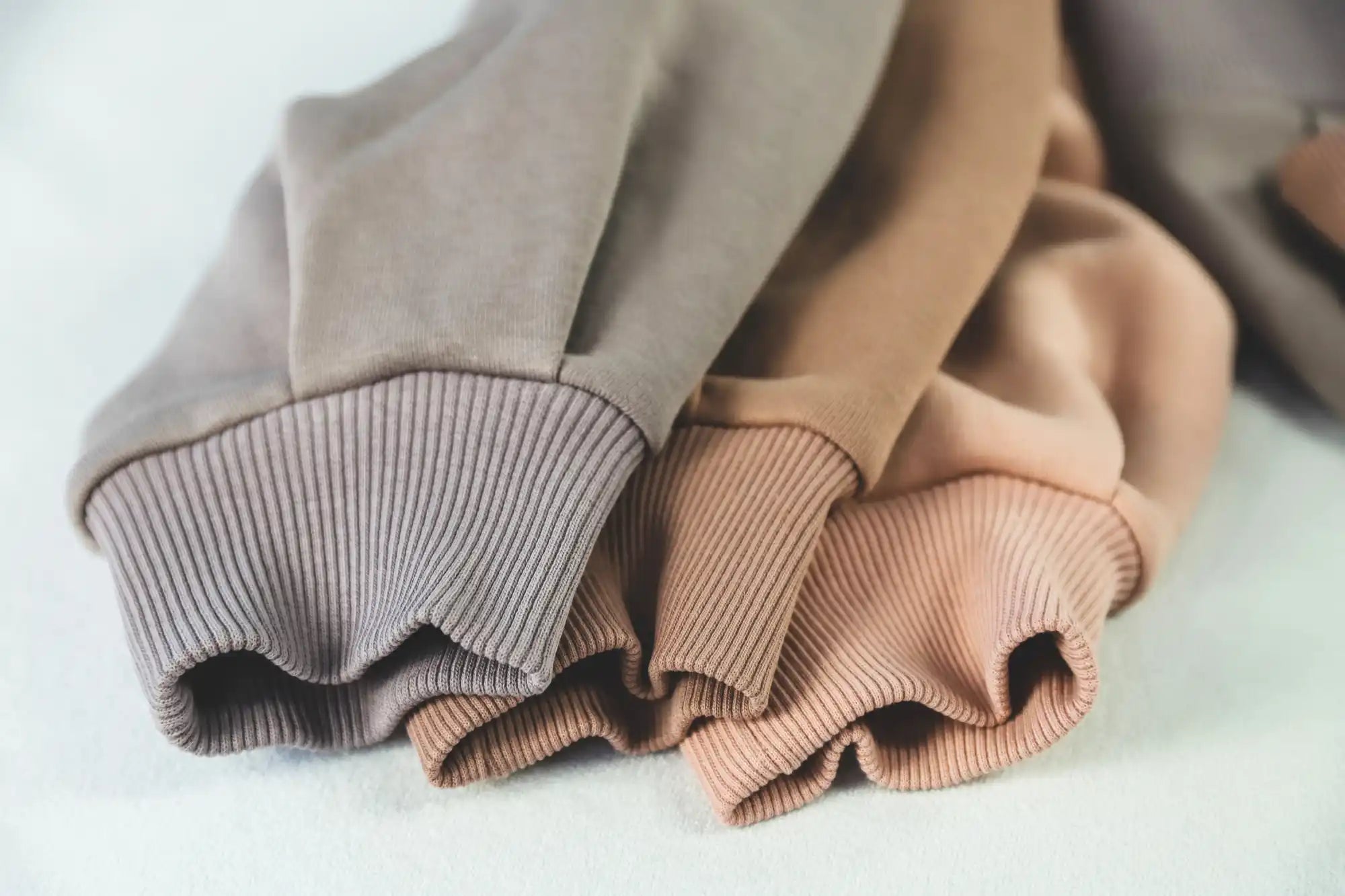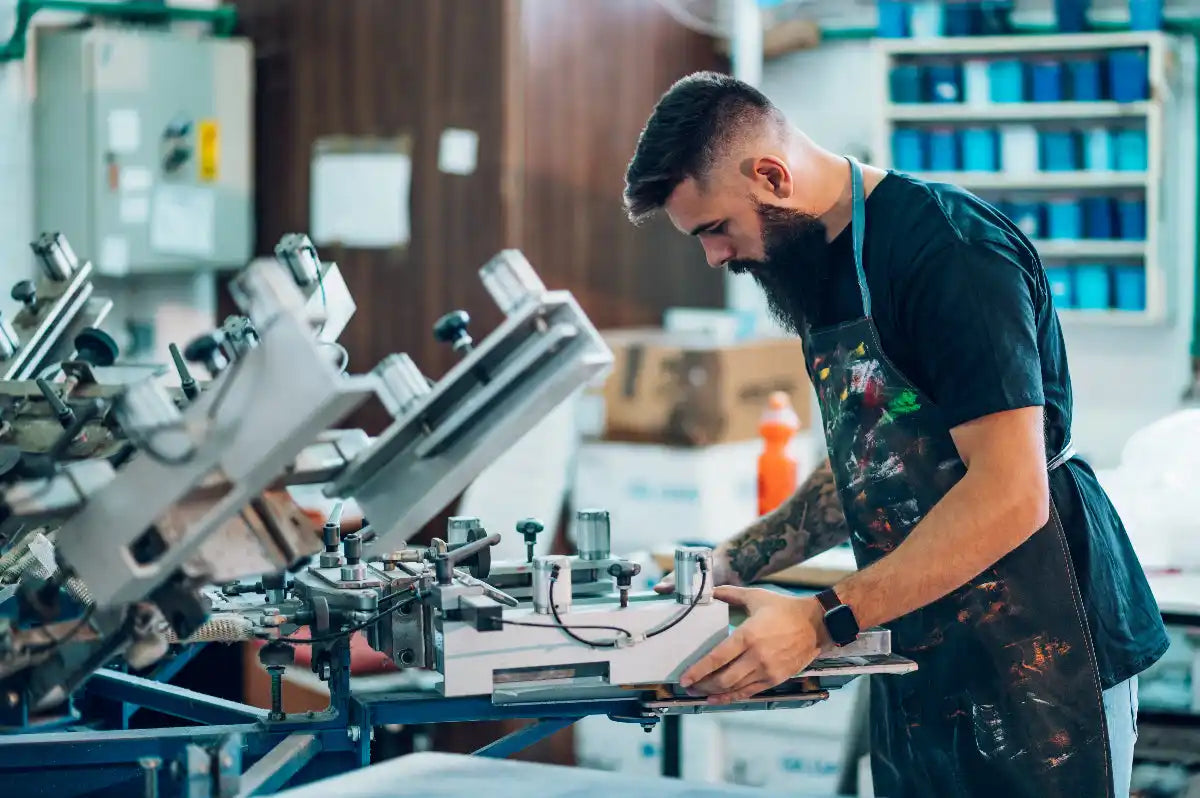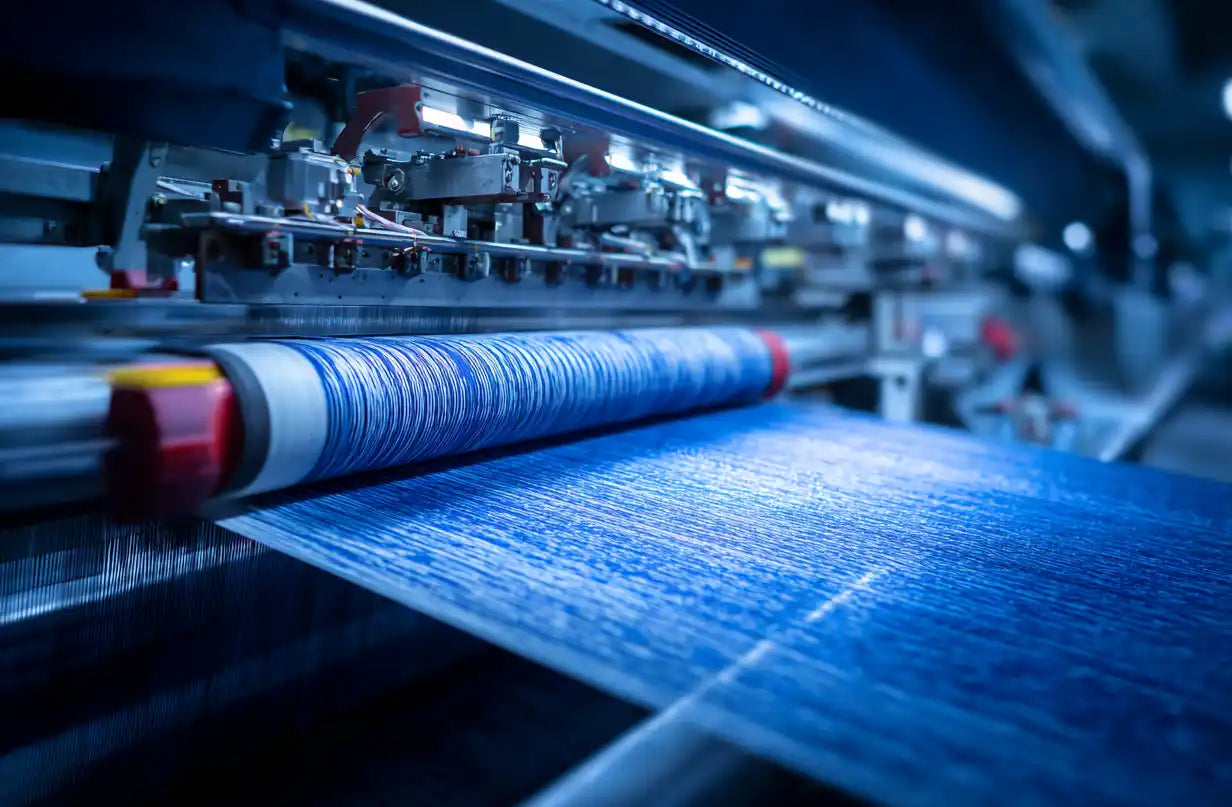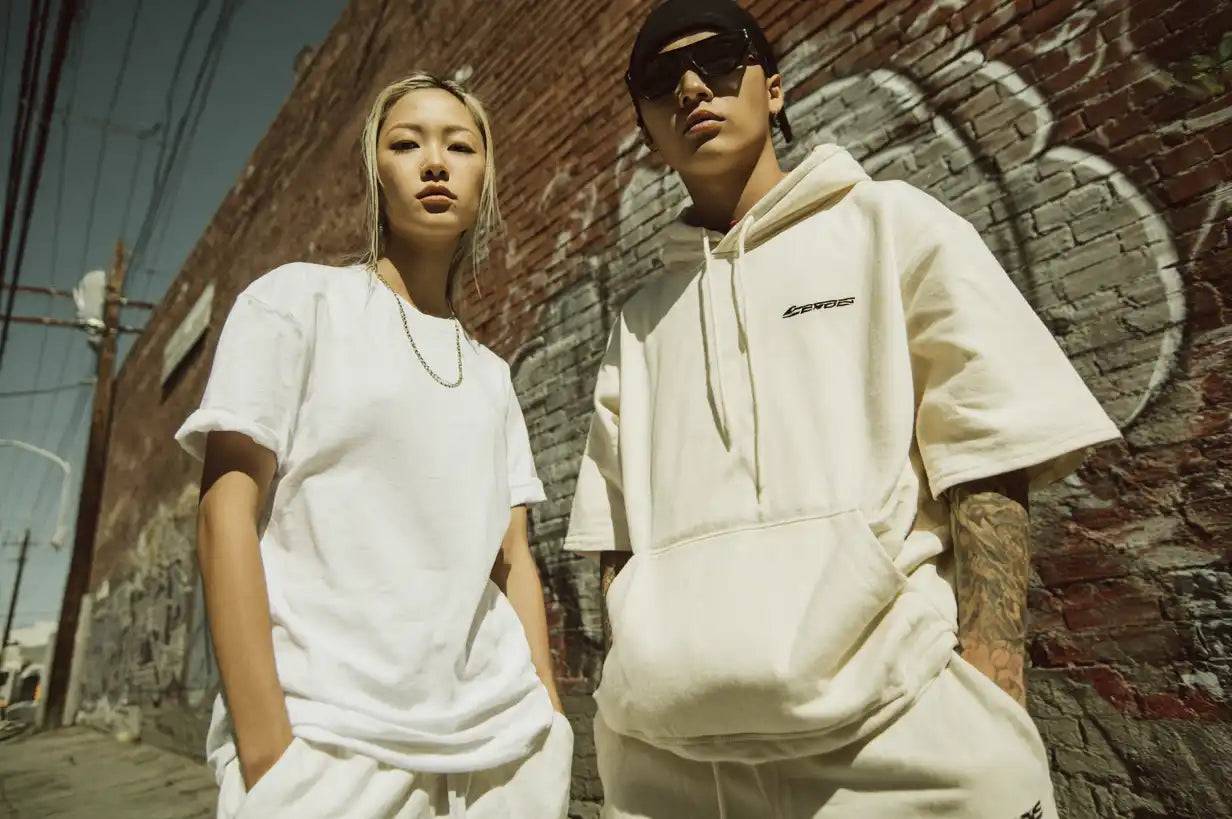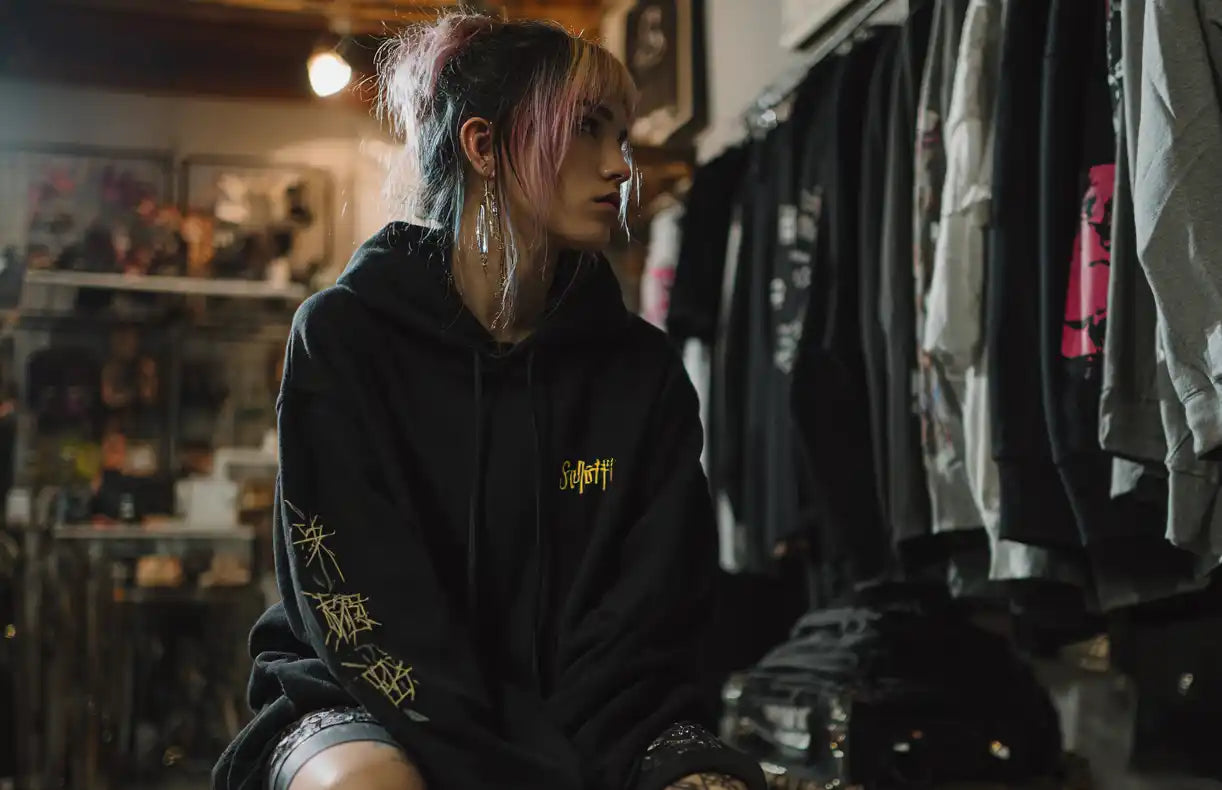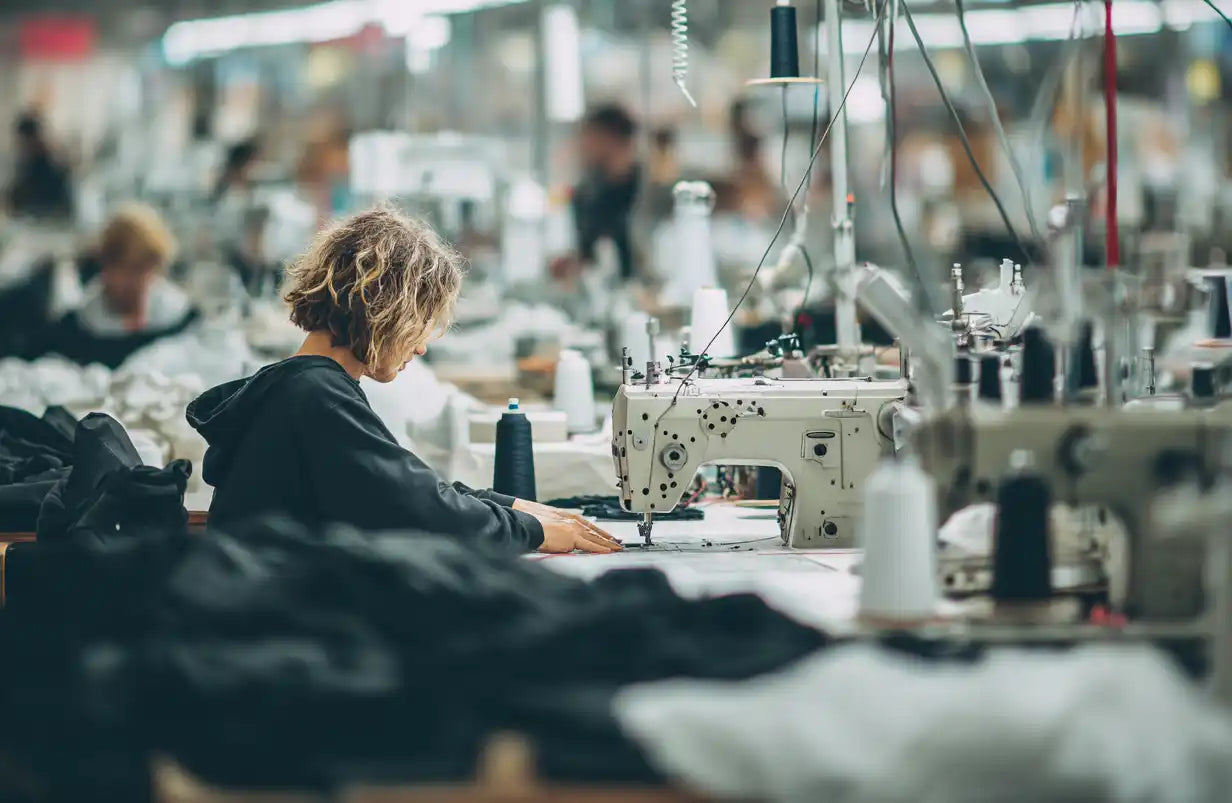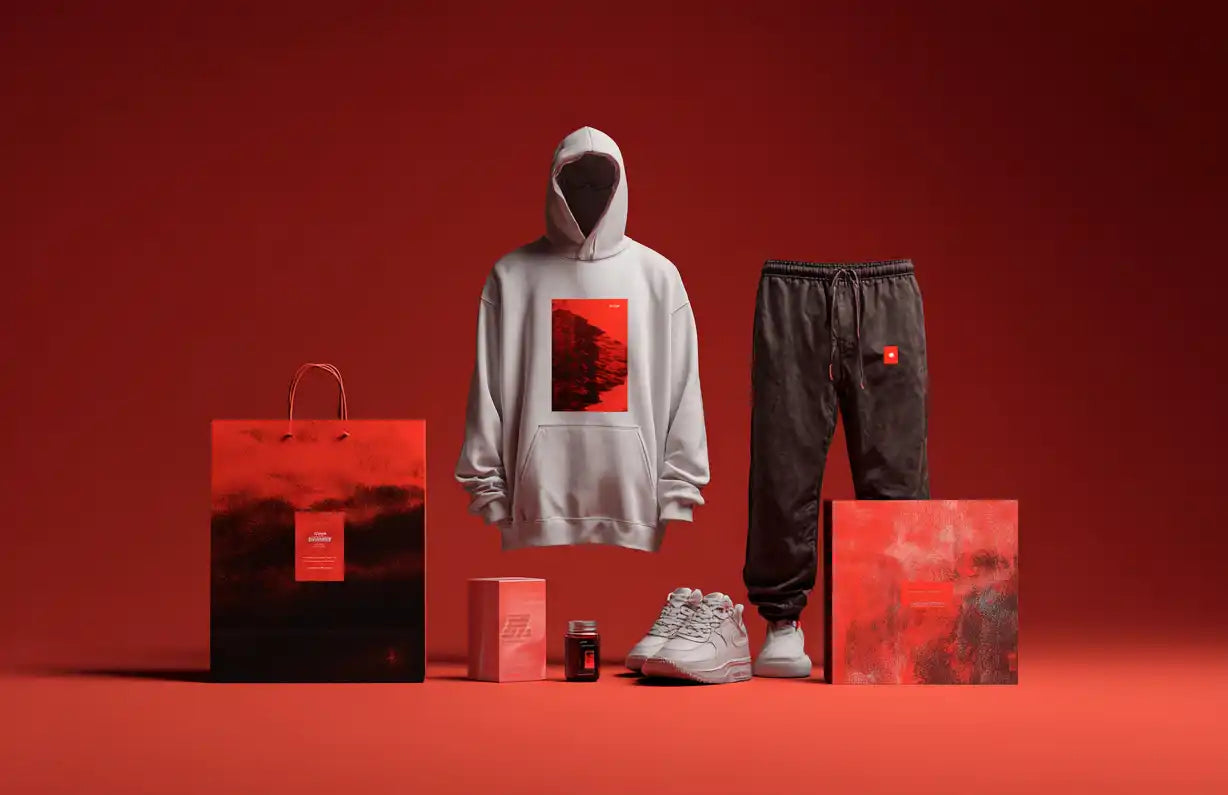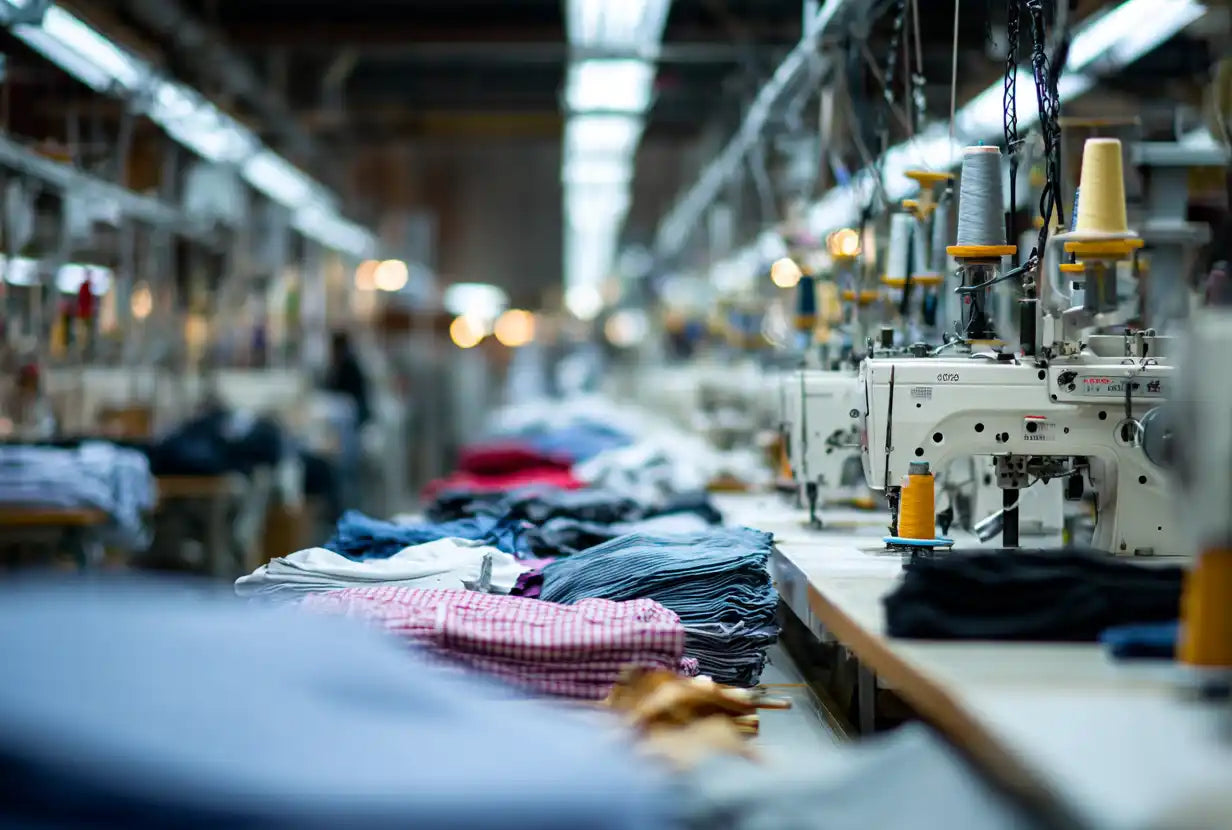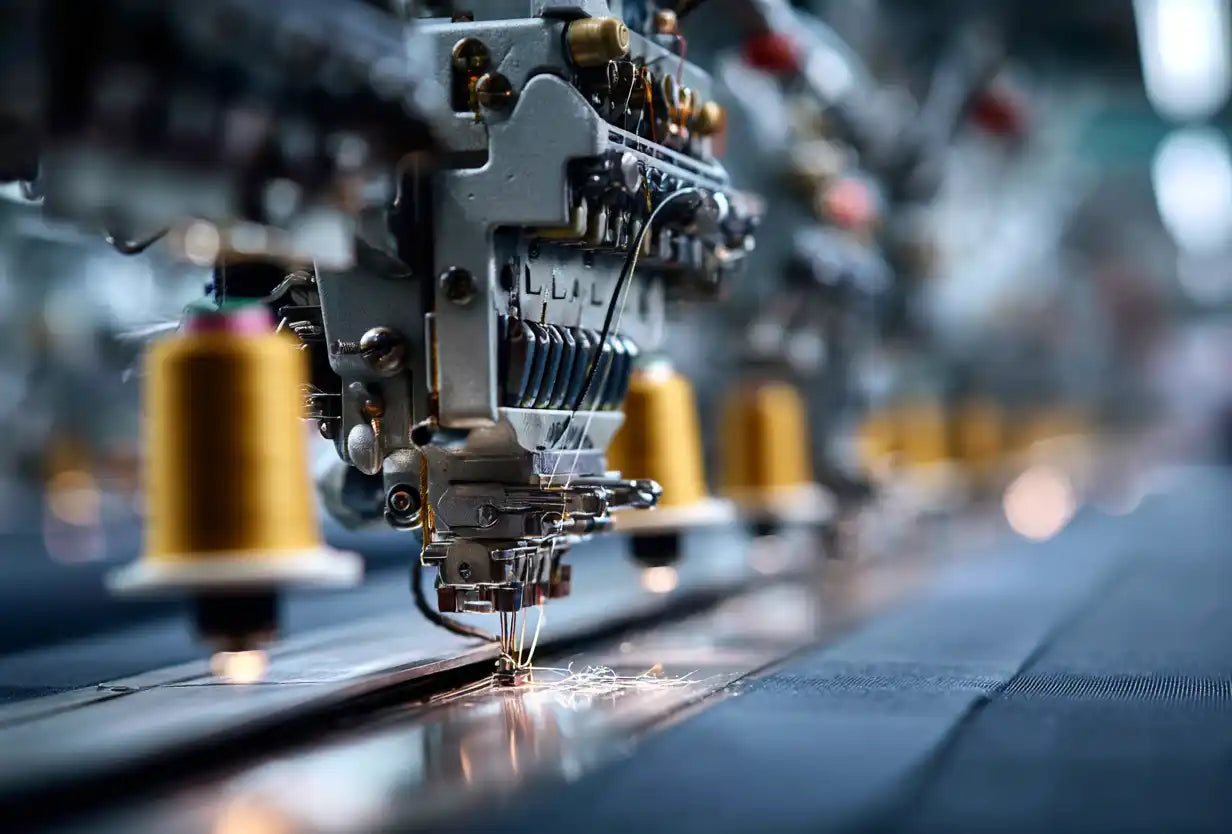How to design, print, and produce premium graphic tees in Portugal (2025)

Introduction
Graphic t-shirts remain one of the most universal and commercially successful clothing categories in 2025. They combine comfort, branding power, and accessibility—making them a top choice for streetwear labels, athleisure brands, promotional campaigns, and direct-to-consumer startups. Industry estimates put the global custom t-shirt market above $4.3 billion in 2025, supported by digital commerce and an increasing consumer preference for sustainable garments.
When producing in Europe, Portugal has become a leading destination for premium and eco-certified apparel. Reasons include shorter lead times, skilled textile clusters, and widespread adoption of certifications such as GOTS and OEKO-TEX. This guide shows exactly how to take a graphic tee from concept to finished product while maximizing quality, sustainability, and brand value.
Why Graphic T-Shirts Are Still the Best First Product
Graphic t-shirts are a strategic first product because they are low-cost to sample, easy to ship, and flexible in marketing. They also work well for limited drops, seasonal lines, and evergreen basics. Key market signals in 2025 include a steady 9% year-on-year growth and increasing demand for eco-friendly fabrics among EU consumers.
Portugal’s manufacturing clusters—especially in Braga, Guimarães, and Porto—offer vertical integration (knit → dye → print → sew) which reduces lead times and improves quality control. This makes Portugal particularly attractive for brands that want both premium finish and the ability to run smaller batches with strong traceability.
2025 Design & Style Trends for Graphic T-Shirts
Design trends in 2025 are informed by culture, sustainability, and comfort:
- Oversized and relaxed fits dominate streetwear and casual wardrobes.
- Vintage and washed finishes—stone and enzyme washes for soft, broken-in textures.
- Minimal brand marks and understated logos suit the premium market.
- Bold statement prints and artist collaborations still drive hype and resale value.
- Sustainable messaging in artwork reinforces brand ethics and connects with conscious shoppers.
Designs should be matched to fabric and printing technique during the sampling stage to avoid costly mistakes at production scale.
Choosing the Right Fabric
The fabric defines the hand-feel, durability, and print outcome of a graphic t-shirt. In Portugal, textile mills supply a range of high-quality options—each suited to different design and use-cases.
100% Cotton is the classic choice: breathable, soft, and reliable for screen printing and DTG. For brands emphasizing sustainability, organic cotton provides traceability and a premium label association; many Portuguese suppliers offer GOTS-certified yarns.
Polyester blends and technical knits are used for performance or all-over sublimation prints. Tri-blend fabrics (cotton/polyester/rayon) deliver a soft drape and premium look for lifestyle labels. Recycled fibers are now common in Portugal—PET-based blends that reduce landfill waste while maintaining garment quality.
Tip: always request fabric swatches and commit to a physical sample print (1–2 pieces) before approving a full production run.
Printing & Customization Techniques
Portugal’s printing capabilities cover every major method—so your choice should match design complexity, order size, and sustainability goals.
Screen Printing remains the most cost-effective option for bulk orders with flat colors. It offers excellent durability and tactile finish. DTG (Direct-to-Garment) is ideal for small runs or highly detailed, color-rich designs and uses water-based inks that are more eco-friendly than traditional plastisol.
Sublimation works exclusively on polyester or polyester-rich blends and is the go-to for vibrant all-over prints. Heat transfer is a low-cost, short-lead method for promotional runs. And for premium accents, embroidery and puff printing add texture and perceived value.
Most Portuguese factories offer combined processes (e.g., screen print + embroidery) so you can create complex, layered finishes without shipping between vendors.
Costs, MOQs and Timelines (Portugal)
Understanding production economics helps you plan cash flow and pricing. Typical figures in Portugal for 2025:
- MOQ: 100–300 units depending on fabric and finishing.
- Unit cost range: €6–€12 (fabric + print + finishing).
- Lead time: Standard 3–5 weeks; rush options 2–3 weeks with surcharges.
- Sampling: 7–10 days to produce prototypes and confirm color/fit.
- Bulk discounts: Orders above 1,000 units often reduce unit costs by 10–15%.
These numbers combine to make Portugal strong for brands that value speed-to-market and premium finishing while retaining the ability to run low-volume drops.
Related Resources (contextual links)
Read more on the topics we referenced in this article:
Quality Assurance & Brand Differentiation
Portuguese factories emphasize process control: color matching, wash stability, seam strength, and consistent sizing. Use tech packs with clear measurements and tolerance ranges, and request pre-shipment inspection (PSI) or in-line quality checks. Small investments in custom labels, neck tags, hangtags, and premium packaging can raise perceived value and support higher price points.
For deeper operational guidance, see our tech pack guide: Clothing Tech Pack Guide.
Three Thematic FAQ Sets
Manufacturing in Portugal
Why is Portugal a top choice for graphic t-shirt manufacturing in Europe?
Portugal offers a blend of ethical labor, technical know-how, short lead times, and strong environmental certifications. Vertical supply chains in northern regions reduce transport time and improve quality control, which helps brands scale quickly without sacrificing standards.
What are realistic lead times when producing graphic tees in Portugal?
Standard production lead times are 3–5 weeks for typical runs. This includes cutting, printing, finishing, and packing. Sampling and approvals normally take an additional 7–10 days. Rush services may shorten delivery to 2–3 weeks for a surcharge.
Can startups place low MOQ orders?
Yes. Many Portuguese suppliers specialize in low-MOQ manufacturing, with typical minimums ranging from 100 to 300 pieces—great for testing product-market fit without large upfront inventory.
Do Portugal-based factories operate with sustainability certifications?
Top-tier manufacturers in Portugal commonly hold GOTS, OEKO-TEX, and ISO certifications for environmental management and textile safety, enabling more credible sustainable branding for labels.
Fabrics for Graphic T-Shirts
Which fabrics are best for high-detail prints?
100% cotton and organic cotton usually provide the best surface for DTG and screen printing. Their smooth knit and absorbency produce crisp, long-lasting prints.
How do recycled fabrics compare to virgin fibers?
Modern recycled fibers—especially recycled PET and mechanically reclaimed cotton—can closely match the look and feel of virgin materials while reducing environmental footprint. Portugal’s mills increasingly supply high-quality recycled blends suitable for premium garments.
Are tri-blends appropriate for premium streetwear?
Yes. Tri-blends provide a soft drape, lightweight warmth, and an elevated aesthetic that many premium streetwear brands use to justify a higher retail price.
How does fabric selection affect cost?
Organic and recycled materials cost more per unit but can often be sourced in smaller lots. Fabric choice impacts both the base unit price and the recommended printing method.
Customization & Design
What is the most eco-friendly printing method?
DTG with water-based inks is among the most environmentally friendly options because it produces little waste and avoids petroleum-based plastisol inks.
Can I combine multiple decoration methods on one garment?
Yes. Many brands mix screen printing, embroidery, and heat transfers to create layered textures and visual interest. Portuguese factories can often manage combined workflows in-house.
What small touches increase perceived value?
Custom neck labels, woven size tags, premium hangtags, and branded packaging make a significant difference in perceived quality without dramatically raising unit costs.
Do suppliers in Portugal assist with artwork and placement?
Most established suppliers provide in-house prepress services, Pantone matching, and test prints to ensure artwork scales and prints correctly on your chosen fabric.
Conclusion
Graphic t-shirts remain an essential product for modern brands: they are affordable to launch, powerful for brand storytelling, and flexible across channels. Portugal offers a rare combination of speed, quality, and sustainability that suits both startups and established labels. With smart fabric choices, the right printing method, and attention to finishing details, you can create a product that stands out in 2025’s competitive market.

